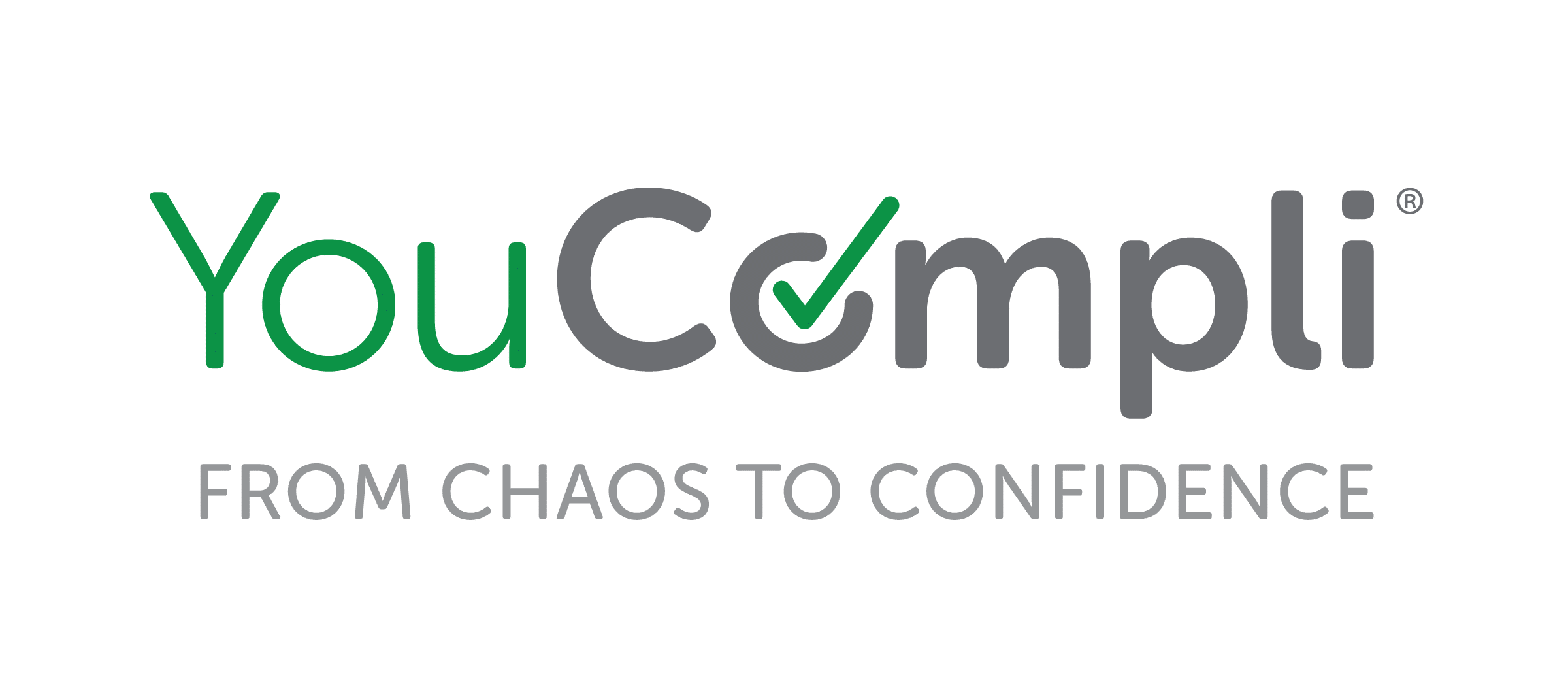“The cost of non-compliance in healthcare extends far beyond fines and penalties. It encompasses legal fees, reputational damage, operational disruptions, and more. Investing in compliance is not just a legal obligation—it is a critical component of a healthcare organization’s operational excellence and commitment to patient care.”
Continue readingThe ABC’s of Integrating AI Into Your Compliance Strategy
“By taking a practical approach to this complex topic, you will be viewed positively by your team and able to respond well to questions about AI risks from your business partners, the C-suite, and your Board of Directors.”
Continue readingKey Takeaways from OIG’s New General Compliance Program Guidance (GCPG)
“Throughout the GCPG, helpful revisions and clarity are provided to a few areas that have proven problematic over the years.”
Continue readingWhy Compliance is Like a Game of Hot Potato
“Similar to literally tossing a hot potato around a circle, we often toss complicated problems around our organizations as we look for practical and quick solutions.”
Continue readingKey Takeaways from OIG’s New General Compliance Program Guidance (GCPG)
“Throughout the GCPG, helpful revisions and clarity are provided to a few areas that have proven problematic over the years.”
Continue readingMitigating Risks from Online Tracking Technologies
“To protect patients’ privacy and adhere to federal law, compliance professionals must understand what online patient data is being tracked and used by their organization’s website, social media pages, and payment portals.”
Continue readingNew, Stronger Evaluation and Management Upcoding Enforcement
“Earlier this year, regulators made the most significant changes to E&M documentation and coding guidelines in over two decades. They’re more complex than ever before, and enforcement actions are increasing.”
Continue readingHow to Make a Compliance Culture Contagious
“In the business of healthcare, promoting a culture of compliance is not merely a goal – it’s a necessity. There has to be a commitment throughout all levels of an organization to do the right thing and do things right. The organization needs to have a compliance culture that is contagious.”
Continue readingIncreasing Enforcement of Modifier Codes
“Enforcement agencies like to “follow the money,” so to speak, and they often find it in medical claims submitted to government payors such as Medicare and Medicaid. This is why selecting appropriate modifier codes is essential for operating and being reimbursed compliantly.”
Continue reading








